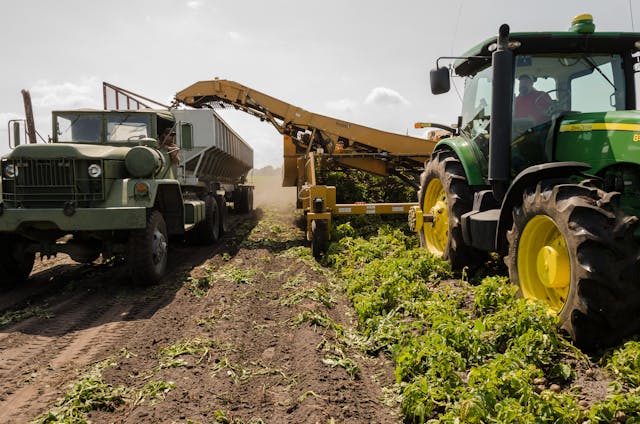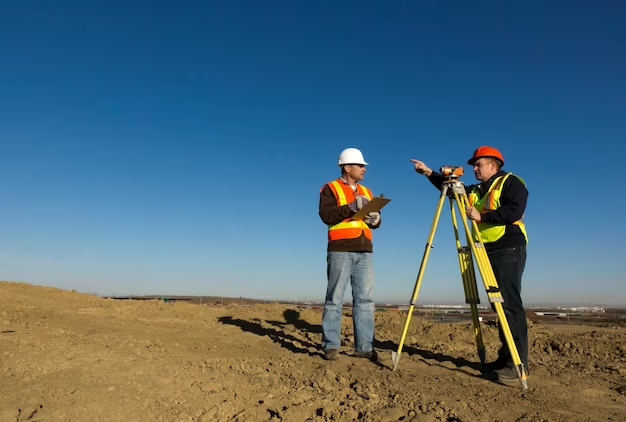Agricultural zoning plays a crucial role in maintaining the integrity of agricultural lands and ensuring sustainable farming practices. As urbanization continues to encroach upon rural areas, understanding what agricultural zoning entails can help landowners, developers, and policymakers make informed decisions. In this comprehensive guide, we’ll delve into the specifics of agricultural zoning, what it allows, and its broader implications.
What is Agricultural Zoning?
Agricultural zoning is a classification assigned to land designated primarily for agricultural activities. This type of zoning helps preserve farmland by restricting non-agricultural uses and managing development within these areas. The primary objective is to maintain the viability of agriculture as a land use and economic activity, protecting it from the pressures of urban expansion. What does agricultural zoning allow? Agricultural zoning permits a variety of activities directly related to farming and agricultural production. This includes the cultivation of crops, raising livestock, and other farming operations essential for producing food and raw materials. Additionally, agricultural zoning may allow for the construction of buildings and structures necessary for these activities, such as barns, silos, and greenhouses. Some jurisdictions also permit secondary uses like farm stands for selling produce, agritourism activities, and certain residential buildings for farm workers or family members residing on the farm. Zoning regulations can vary significantly by region, so it is essential for landowners to consult local zoning laws to understand specific allowances and restrictions.
Key Features of Agricultural Zoning
Agricultural zoning regulations can vary significantly depending on local and state laws, but they typically share several key features:
- Permitted Uses: These regulations outline which agricultural activities are allowed on the land. Common permitted uses include crop production, livestock farming, dairy farming, and horticulture.
- Accessory Uses: Agricultural zoning often allows for accessory uses that support primary farming activities. Examples include barns, silos, equipment sheds, and farmworker housing.
- Restrictions on Non-Agricultural Uses: To protect the agricultural integrity of the land, zoning laws usually limit or prohibit non-agricultural uses such as residential subdivisions, commercial developments, and industrial activities.
- Minimum Lot Sizes: Many agricultural zones have minimum lot size requirements to prevent the fragmentation of farmland. These requirements can range from a few acres to several hundred acres, depending on the region and type of farming.
- Buffer Zones: Some agricultural zoning regulations include buffer zones to separate agricultural land from urban or suburban areas. These buffers help reduce conflicts between farmers and non-farming neighbors.
What Does Agricultural Zoning Allow?
Agricultural zoning allows a range of activities and uses that are essential to farming operations. Here’s a closer look at what is typically permitted under agricultural zoning:
1. Crop Production
Growing crops is the most fundamental use allowed under agricultural zoning. This includes the cultivation of grains, vegetables, fruits, and other plants for commercial sale or personal use. Greenhouses and nurseries are also considered crop production and are generally permitted.
2. Livestock Farming
Raising animals for meat, dairy, eggs, wool, and other products is another primary activity permitted on agriculturally zoned land. This includes cattle, sheep, goats, pigs, poultry, and other livestock. Regulations may specify the types and numbers of animals allowed, as well as requirements for animal housing and waste management.
3. Dairy Farming
Dairy farming, which involves the production and processing of milk and other dairy products, is commonly allowed in agricultural zones. This includes the operation of milking facilities, feed storage, and waste disposal systems.
4. Horticulture
Horticultural activities such as growing flowers, ornamental plants, and trees are permitted under agricultural zoning. This also encompasses landscaping businesses, nurseries, and Christmas tree farms.
5. Agritourism
Many agricultural zones permit agritourism activities that supplement farm income and educate the public about farming. Examples include farm tours, pick-your-own produce operations, farm stays, and agricultural festivals. Agritourism must generally be secondary to the primary farming activities.
6. Farm-Related Structures
Agricultural zoning allows for the construction and maintenance of structures necessary for farming operations. This includes barns, silos, stables, equipment sheds, greenhouses, and irrigation systems. Additionally, zoning laws may permit farmworker housing to support labor needs.
7. Forestry
Forestry and timber production are often permitted uses in agricultural zones, particularly in areas where large tracts of forested land are managed for sustainable timber harvesting.
8. Farm Retail
In some cases, agricultural zoning allows for limited retail activities directly related to the farm’s products. Farm stands, markets, and on-site sales of produce, meat, dairy products, and other farm goods are examples of permitted retail uses.
The Impact of Agricultural Zoning
Agricultural zoning has several important impacts on land use, the economy, and the environment:
1. Preservation of Farmland
By restricting non-agricultural development, zoning helps preserve valuable farmland from being converted into residential or commercial properties. This is crucial for maintaining the agricultural base needed to support food production and rural economies.
2. Economic Stability for Farmers
Agricultural zoning provides economic stability for farmers by ensuring that their land can continue to be used for farming. This can make it easier to obtain financing and invest in long-term improvements.
3. Environmental Benefits
Agricultural zoning can help protect the environment by maintaining open spaces, reducing urban sprawl, and preserving wildlife habitats. Sustainable farming practices promoted through zoning regulations can also contribute to soil health, water quality, and biodiversity.
4. Conflict Reduction
Buffer zones and clear land-use regulations help reduce conflicts between farmers and non-farming neighbors. By delineating areas for specific uses, zoning can minimize issues related to noise, odors, and pesticide use.
5. Community and Cultural Preservation
Agricultural zoning supports the preservation of rural communities and agricultural heritage. It helps maintain the cultural landscape of farming regions, fostering a sense of community and continuity.
Challenges and Criticisms of Agricultural Zoning
While agricultural zoning offers many benefits, it is not without challenges and criticisms:
1. Limitations on Property Rights
Some landowners may feel that agricultural zoning restricts their property rights by limiting their ability to develop or sell their land for non-agricultural uses.
2. Economic Pressures
In regions experiencing rapid urban growth, agricultural zoning can create economic pressures for landowners. The potential for higher property values and development opportunities may conflict with the desire to maintain agricultural land.
3. Enforcement and Compliance
Ensuring compliance with zoning regulations can be challenging, particularly in areas with limited resources for enforcement. This can lead to unauthorized development or misuse of agricultural land.
4. Balancing Growth and Preservation
Striking a balance between accommodating population growth and preserving agricultural land is a complex issue. Policymakers must carefully consider how to manage this balance to meet the needs of both urban and rural communities.
Conclusion
Agricultural zoning plays a vital role in preserving farmland, supporting sustainable agriculture, and maintaining rural communities. By understanding what agricultural zoning allows, landowners and policymakers can make informed decisions that balance economic development with the need to protect and sustain agricultural resources. As urbanization continues to expand, the importance of agricultural zoning in safeguarding our food supply and environment cannot be overstated.









+ There are no comments
Add yours